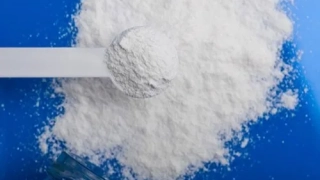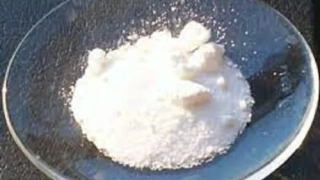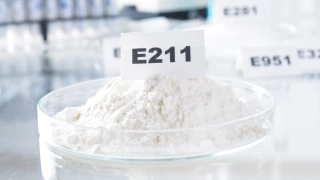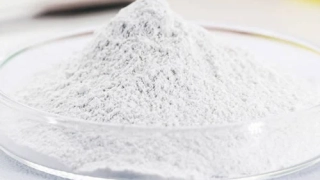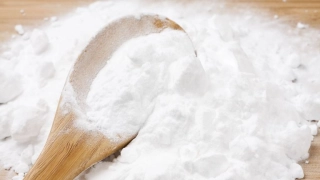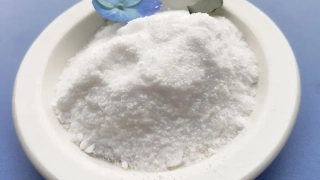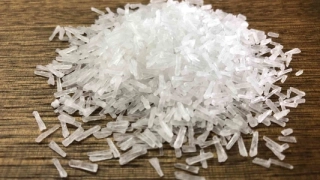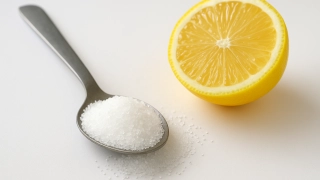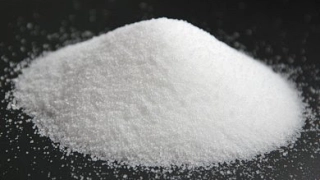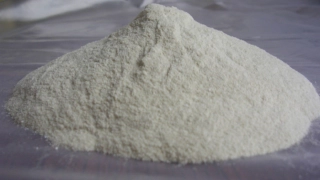Sodium Nitrite (E250): Taste Profile, Aroma, Benefits and Health Risks
Sodium nitrite (E250) is a preservative and color fixative widely used in processed meats such as ham, bacon, sausages, and cured fish. It prevents the growth of dangerous bacteria (notably Clostridium botulinum), contributes to the characteristic pink color of cured meats, and enhances flavor.
Sodium nitrite is generally safe for most healthy adults when used at regulated food levels. It should be avoided in excess, and individuals with specific health conditions (e.g., infants, people with certain enzyme deficiencies) should exercise caution. Allergic reactions are extremely rare.
What does Sodium Nitrite (E250) taste like?
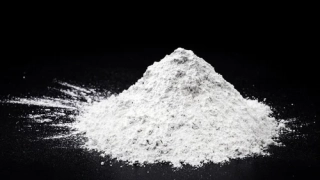
Complete Sensory Description:
-
Taste: Sodium nitrite has no distinctive taste at the levels used in foods, but it subtly enhances the savory, meaty, and slightly tangy notes in cured products.
-
Aroma: Odorless in pure form, but in cured meats, it supports a characteristic “cured” aroma associated with ham, bacon, and smoked sausages.
-
Texture: No direct impact on texture, but by inhibiting spoilage, it helps maintain the expected firmness and juiciness of processed meats.
-
Appearance: In pure form, sodium nitrite is a white to slightly yellow crystalline powder. In food, it is invisible, but it is responsible for the stable pink-red color in cured meats.
In-depth Flavor Analysis:
Sodium nitrite works on a molecular level by reacting with meat proteins and myoglobin, producing a stable pink pigment (nitrosomyoglobin) and generating subtle flavor compounds typical of cured meats. It also suppresses off-flavors caused by fat oxidation and bacterial spoilage. In excess, sodium nitrite can impart a bitter or metallic aftertaste, but regulatory limits keep usage well below this threshold.
Varieties and Culinary Applications:
Used primarily in processed meats (bacon, ham, hot dogs, sausages, corned beef), sodium nitrite is essential for safety and quality. It is often combined with sodium nitrate (E251) or other curing agents. Home use is rare and not recommended due to safety concerns. In industry, it is strictly controlled for dosing and mixing.
Selection and Storage:
Sodium nitrite for food use is supplied as a powder or granules and should be stored in airtight, moisture-proof containers away from light. In meat products, it is distributed in precise amounts. Proper storage and handling are crucial due to its potency and toxicity at high concentrations.
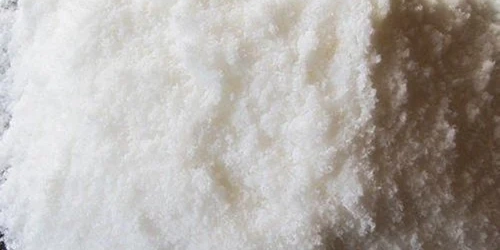
Nutritional Insights:
Sodium nitrite does not provide nutritional value but is vital for food safety in cured meats. Consumption should be limited, as excessive intake is associated with health risks (see below). Regulatory bodies have set strict maximum limits for nitrite in foods.
Expert Insights & Culinary Tips:
Food technologists highlight that nitrite curing is the most effective way to prevent botulism in processed meats. Chefs value its ability to preserve color and flavor, but recommend moderation and balancing with antioxidants (like vitamin C) to minimize potential harmful byproducts.
Interesting and Curious Facts:
Nitrites and nitrates have been used in meat preservation for centuries. Scientific debate continues about their safety: while essential for preventing deadly bacteria, nitrites can react with amines in foods to form nitrosamines, some of which are potentially carcinogenic. Modern meat processing includes antioxidants to limit nitrosamine formation.
Harm and Dietary Considerations:
In regulated amounts, sodium nitrite is safe. Overconsumption can be toxic and increase the risk of nitrosamine-related cancer, particularly from charred or overcooked processed meats. Infants and those with certain medical conditions are especially sensitive. Balance consumption of processed meats with fresh foods, and avoid excessive intake.
Religious Dietary Considerations:
Sodium nitrite is synthetically produced and is generally accepted in Halal, Kosher, vegetarian, and vegan diets (as an additive, not for meat content).
Final Thoughts & Sensory Journey:
Sodium nitrite (E250) is a quiet guardian of meat safety and flavor, responsible for the iconic taste and look of cured foods, but its use demands careful regulation and moderation.
Resources:
-
Honikel, K. O. (2008). "The Use and Control of Nitrate and Nitrite for the Processing of Meat Products." Meat Science, 78(1-2), 68–76. DOI: 10.1016/j.meatsci.2007.05.030
-
Belitz, H.-D., Grosch, W., & Schieberle, P. (2009). Food Chemistry (4th Edition). Springer. ISBN: 978-3540699330
-
Branen, A. L., Davidson, P. M., & Salminen, S. (2001). Food Additives (2nd Edition). Marcel Dekker. ISBN: 978-0824704382
